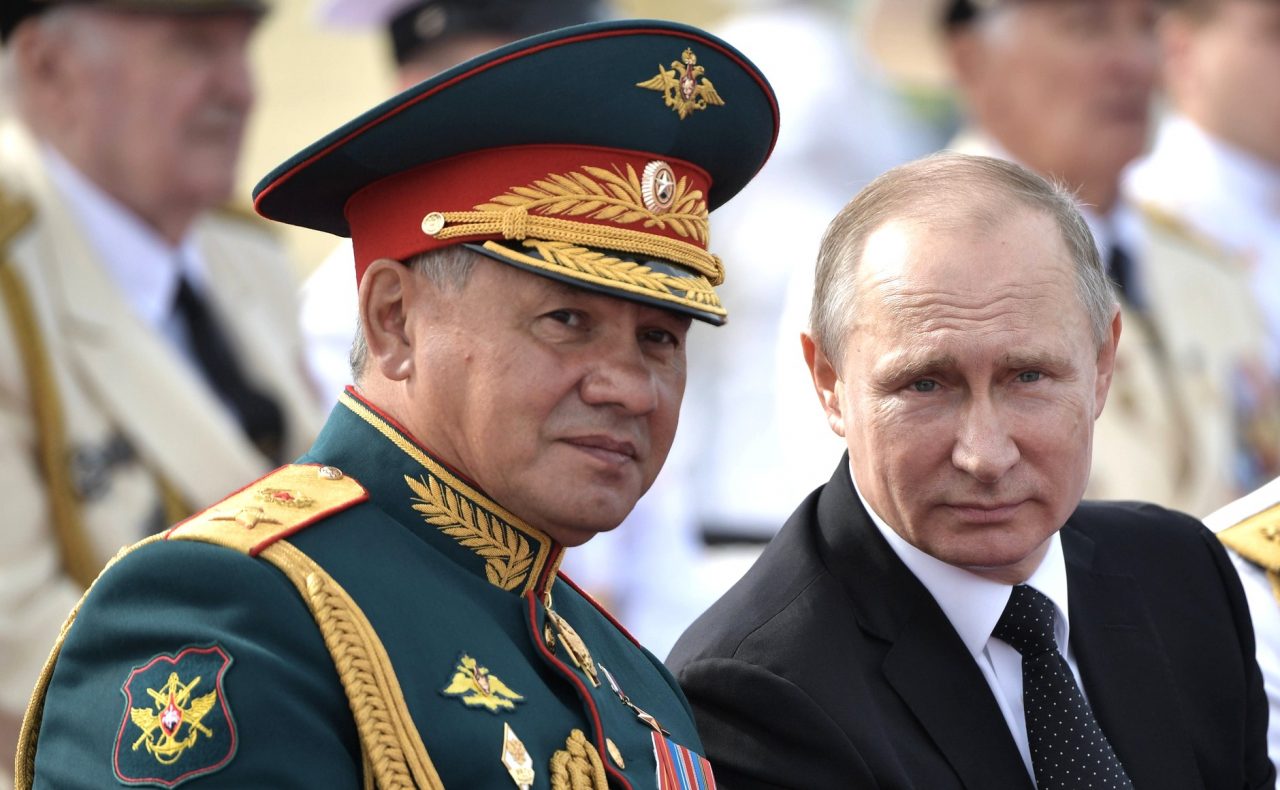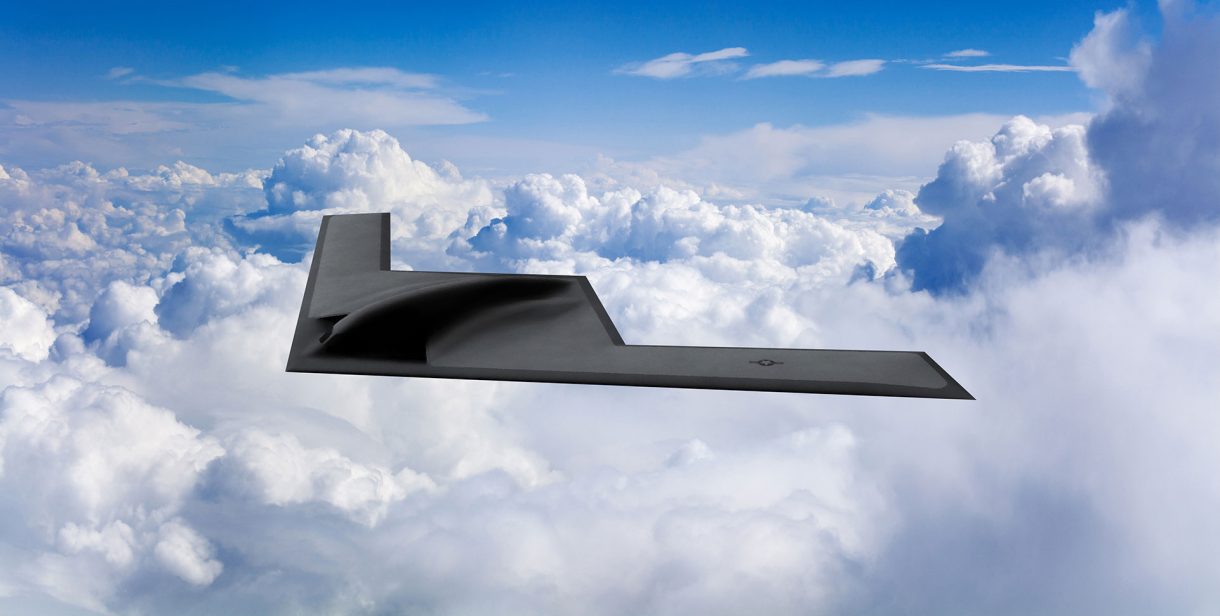The White House on Monday rolled out US President Joe Biden’s $5.8 trillion budget proposal for the fiscal year 2023 that requests increases in funding for Ukraine, global health security and activities to counter China and Russia.
The budget proposal seeks to provide Ukraine with $682 million in assistance, an increase of $219 million above the 2021 enacted level, to counter Russia’s influence and to meet emerging needs related to security, energy, cybersecurity issues, disinformation, macroeconomic stabilization and civil society resilience.
The budget proposal requests $6.9 billion for the European Deterrence Initiative, NATO and for efforts to counter Russian influence in the region.
In addition, Biden seeks in the proposal nearly $1.8 billion to support a free and open Indo-Pacific region, and $400 million to counter China’s influence.
The budget proposal also requests $10.6 billion to bolster the United States’ role in addressing global health security challenges and $11 billion for international climate finance.
Moreover, Biden has increased NASA’s budget for space exploration by more than $1 billion to $7.5 billion in his fiscal year 2023 budget proposal.
“The budget provides $7.5 billion, $1.1 billion above the 2021 enacted level, for Artemis lunar exploration,” the proposal said.

Artemis would return US astronauts to the Moon as early as 2025 for the first time since 1972, land the first woman and person of color on the Moon and deepen scientific understanding of the Moon, the budget proposal said. The program would also test technologies that would allow humans to safely and sustainably explore Mars. Later lunar landing missions would also include astronauts from international partners, the president’s proposal said.
Overall, Biden requested $26 billion in discretionary funding for NASA.
The proposal includes a request for an additional $6.5 billion for the Department of Homeland Security (DHS), potentially lifting the agency’s budget to $97.3 billion.
According to the proposal, the DHS budget would include $1 billion for cybersecurity, $11.5 billion for the Coast Guard, $15.3 billion for US Customs and Border Protection, and $8.1 billion for Immigration and Customs Enforcement.
ELECTION SECURITY
Biden is proposing a total of $15 billion in election assistance funding, to be spread out over ten years, to boost polling infrastructure and vote-by-mail, the White House said.
Similarly, the proposal seeks $5 billion for the US Postal Service to expand its delivery capacity in “underserved areas and support for vote-by-mail, including making ballots postage free and reducing the cost of other election-related mail.”
DEFENSE DEPARTMENT
Biden’s defense budget labels China as the United States’ top national security threat and views Russia as an acute threat.

Sergey Shoigu
“The FY23 President’s budget allows DoD to develop, procure, and modernize capabilities to ensure combat-credible forces across all domains to address the pacing challenge from the People’s Republic of China and to address acute threats from Russia,” the Defense Department said in its budget rollout on Monday.
Earlier in the day, US Deputy Secretary of Defense Kathleen Hicks confirmed during a press briefing with other Defense Department officials that China is the most consequential US strategic competitor.
The officials accused Russia during the briefing that it pursues a political, economic and military strategy that seeks to fracture NATO.
The Biden administration said the proposed budget seeks to counter Russia, optimize Joint Force responsiveness to deter challenges in the European Command area of responsibility through investments that enhance the US partners’ readiness and capabilities in the region.
The budget specifically requests about $5.1 billion to address security and strategic challenges posed by Russia in Europe.
The Defense Department seeks a greater sum – $6.1 billion – for deterrence initiatives in the Pacific that includes integrated weapons, new missile warning and tracking architecture, construction to enable enhanced posture, funding for the defense of Guam as well as multinational information sharing, training and experimentation.

Moreover, the Defense Department said it is requesting $34.4 billion to modernize the United States’ nuclear triad – a sum that would fully fund the development of the new Columbia-class ballistic missile submarine, ramp up production funding for the new US B-21 bomber and fully funds the Ground-Based Strategic Deterrent and Long Range Standoff programs to maintain initial fielding dates.
The Defense Department noted that the Army aims to field a hypersonic missile battery by 2023, the Navy by 2025 and the Air Force by 2027.
The budget proposal would also allocate $24.7 billion for missile defense. Finally, the proposal seeks to procure 61 F-35 fighter jets, 24 F-15EX jets, 15 KC-46 Pegasus as well as two Arleigh Burke-class destroyers and two Virginia-class submarines.
- Mail the author at: Nytten@gmail.com
- Follow EurAsian Times on Google News




